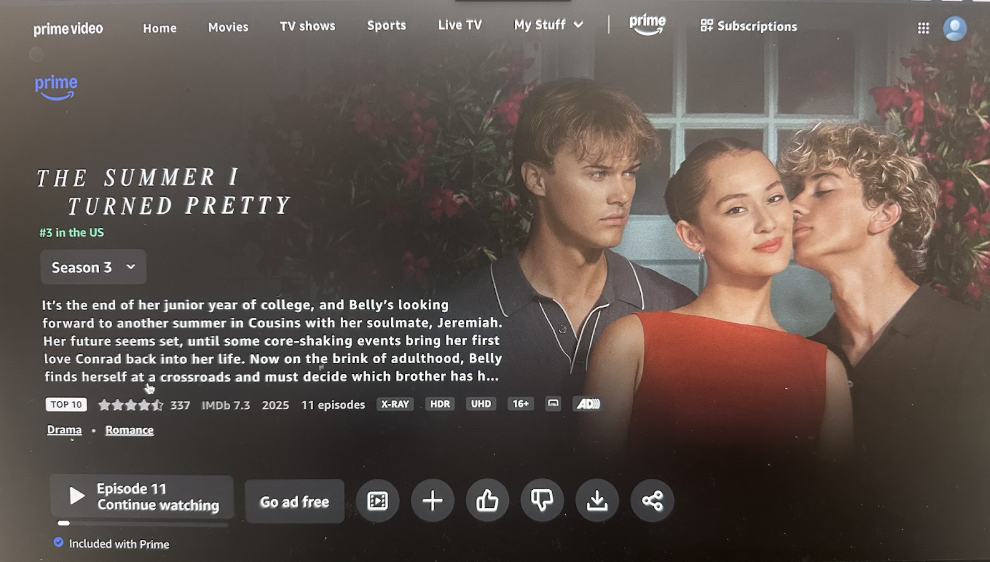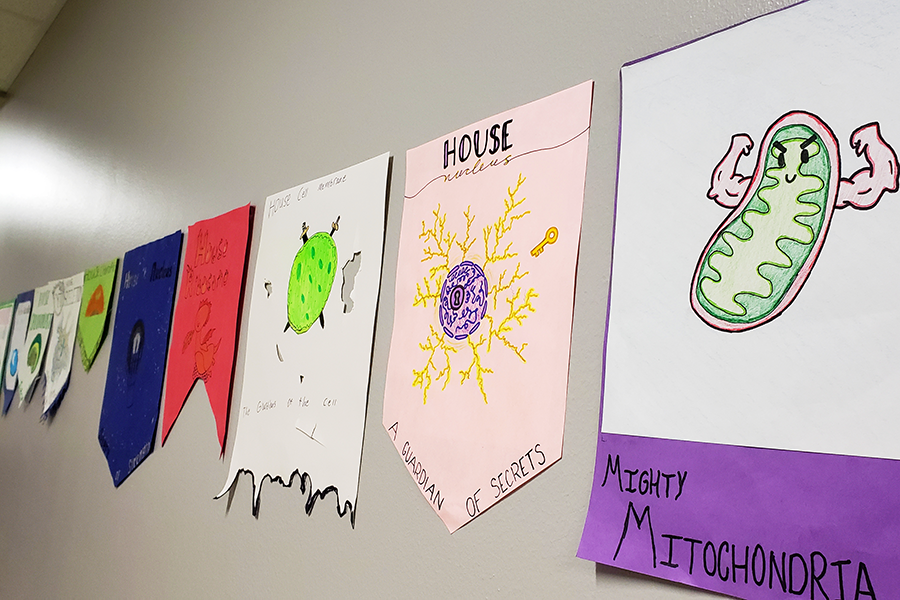From tests and quizzes to daily assignments and homework, Artificial Intelligence (AI) is just a click away, ready to provide answers at a moment’s notice. The Science Department is aware of this resource and has implemented strategies to limit its use.
Biology teacher Heather Kalenak said she has greatly reduced the use of computers, and therefore access to AI, in freshman biology to help students develop important skills.
“With freshmen first coming into high school, they need to develop their student skills for high school,” Kalenak said. “They need to study, and they need to learn how to process and think. Most freshmen biology classes have done away with computers, not only because we got new curriculum, but also because I’ve seen a huge uptick in their engagement not having computers in front of them.”
When they use AI, students in Kalenak’s class will receive either a zero on an assignment or a retake up to a 50 depending on the type of assignment and if it is a repeat offense. On the other hand, Anatomy and Physiology and Medical Microbiology teacher Tyler Terry said that he does not strictly monitor and punish AI use because the students are harming themselves by using it.
“Even if an AI is able to search the web and summarize things, you don’t necessarily know that it’s searching the right places or summarizing in the most helpful way,” Terry said. “So in a science class, I would say it defeats the purpose of trying to think like a scientist, to analyze or interpret the data or to think creatively about how you would change things or redesign an experiment.”
To reduce the use of AI during tests, the Chemistry department gives tests and quizzes on paper. Chemistry teacher Amy Winward said that AI can be helpful, but when students use AI in a moment of stress, such as during a test, they tend to use it for the wrong reasons.
“I think the messy part of learning is that you’re uncomfortable because you don’t know something,” Winward said. “Instead of sitting in the messy and trying to figure stuff out, people immediately go and just get an answer that doesn’t actually tell them how to do the learning part. That’s what I think the problem is.”
According to Kalenak, there are situations when AI should not be used, but when it is used properly, AI can be a useful tool for students.
“I like to think of it more as more of a springboard,” Kalenak said. “Any time somebody’s having trouble getting started, I don’t mind letting AI maybe help get an outline together. Then the actual meat of the writing should be the students because that’s where you’re processing the information.”
In addition to being a tool for students, Kalenak said that AI can help teachers as well.
“It’s amazing for image creators,” Kalenak. “Especially as a teacher, if I need an image, I can just have it create whatever I need. Before, it was tricky having to scour the internet, or I would spend hours creating it myself. So even for me as a teacher, I use it for things that I can’t readily create on my own.”
Winward uses AI to check the quality of her grading so she is less likely to make mistakes.
“Almost all of your teachers use AI, but we use it in a way that’s helping us,” Winward said. “Personally for me, I have used AI as a double check for when I’m doing all of the answers so I have an effective key. It is super helpful, and it’s not always one-hundred percent foolproof either, but it is an easy double check of your work.”
Going forward, Terry said he will adjust as needed and change assignments he notices are AI-hackable.
“[AI] can help you come up with ideas, but ultimately, it can’t do the thinking for you,” Terry said. “If you try to use it to do all the thinking, then you’re going to learn really quick that you did not learn what you were supposed to. So for teachers, it just comes down to planning assignments or adjusting assignments in a way that the AI can’t do the whole thing for the students.”
Kalenak said that the future will unavoidably involve AI, and students will have to learn how to use it for their advantage rather than as a detriment to their learning.
“Technology is exponentially growing right now,” Kalenak said. “It’s always concerning to think that maybe humans will be out-jobbed or out-performed by a computer, but I think that’s where it’s going to be important that we find ways to use it responsibly and creatively. We’re going to have to think of ways to implement it where it doesn’t replace but enhance what we can do.”

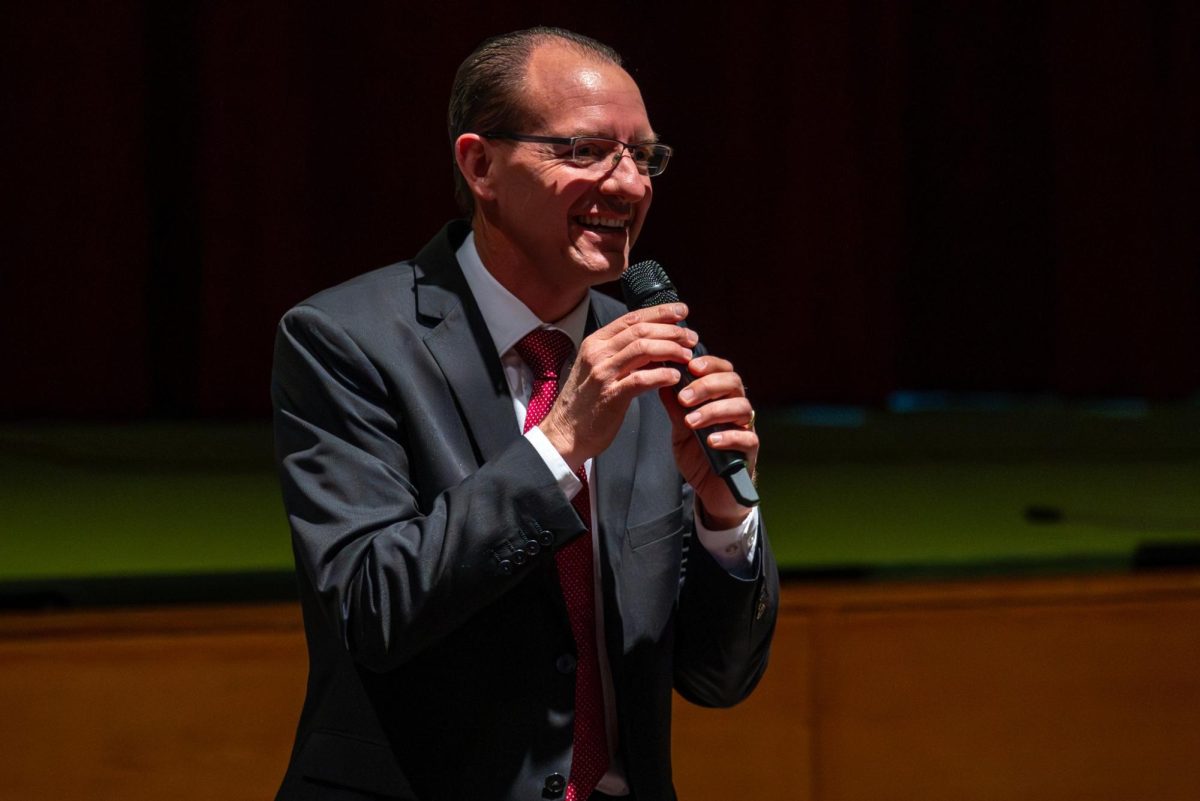


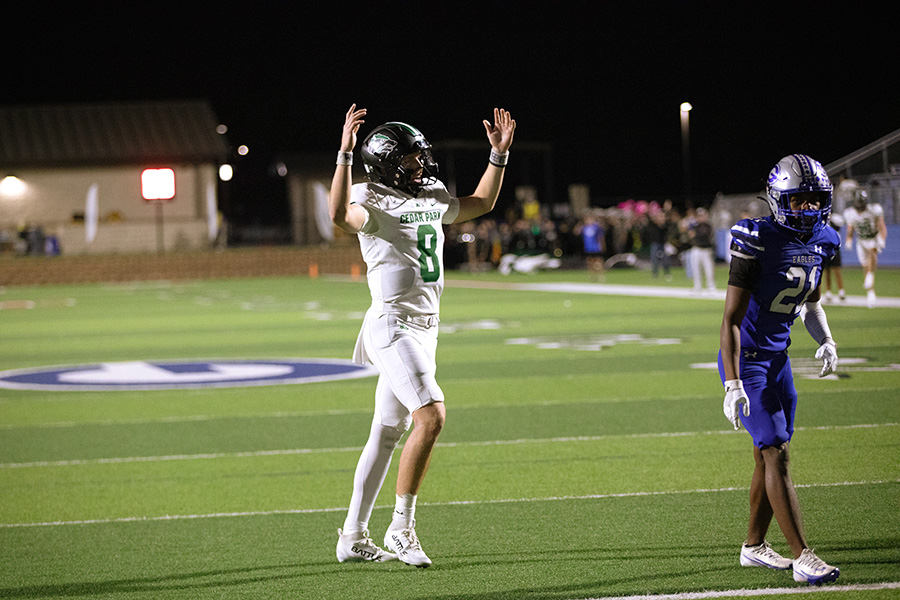

![Senior Jett Mckinney stores all the clothes in his own room, with half of it stored in his closet along with his personal clothes, and the rest taking up space in his room.
“There’s been times [when] there’s so much clothing stored here and it gets overwhelming, so I end up having to sleep somewhere else in the house,” Mckinney said.](https://cphswolfpack.com/wp-content/uploads/2025/11/DSC_0951-1200x800.jpg)
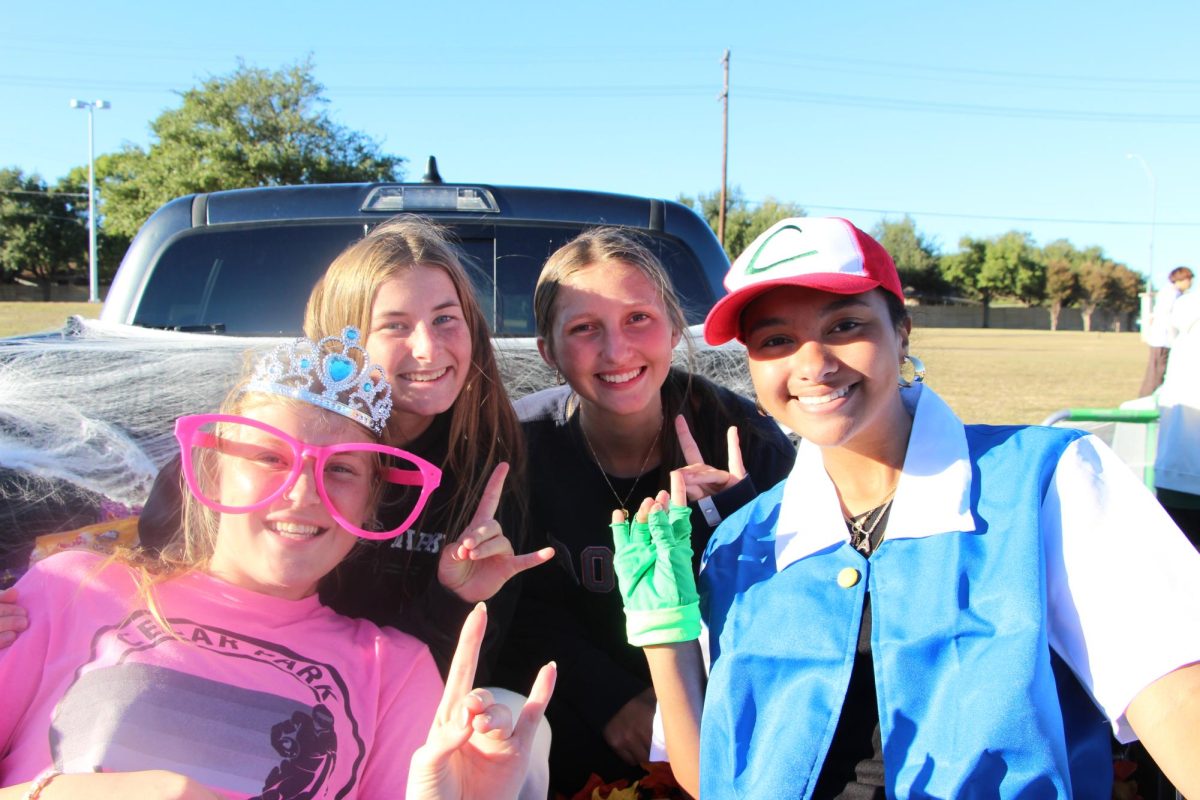
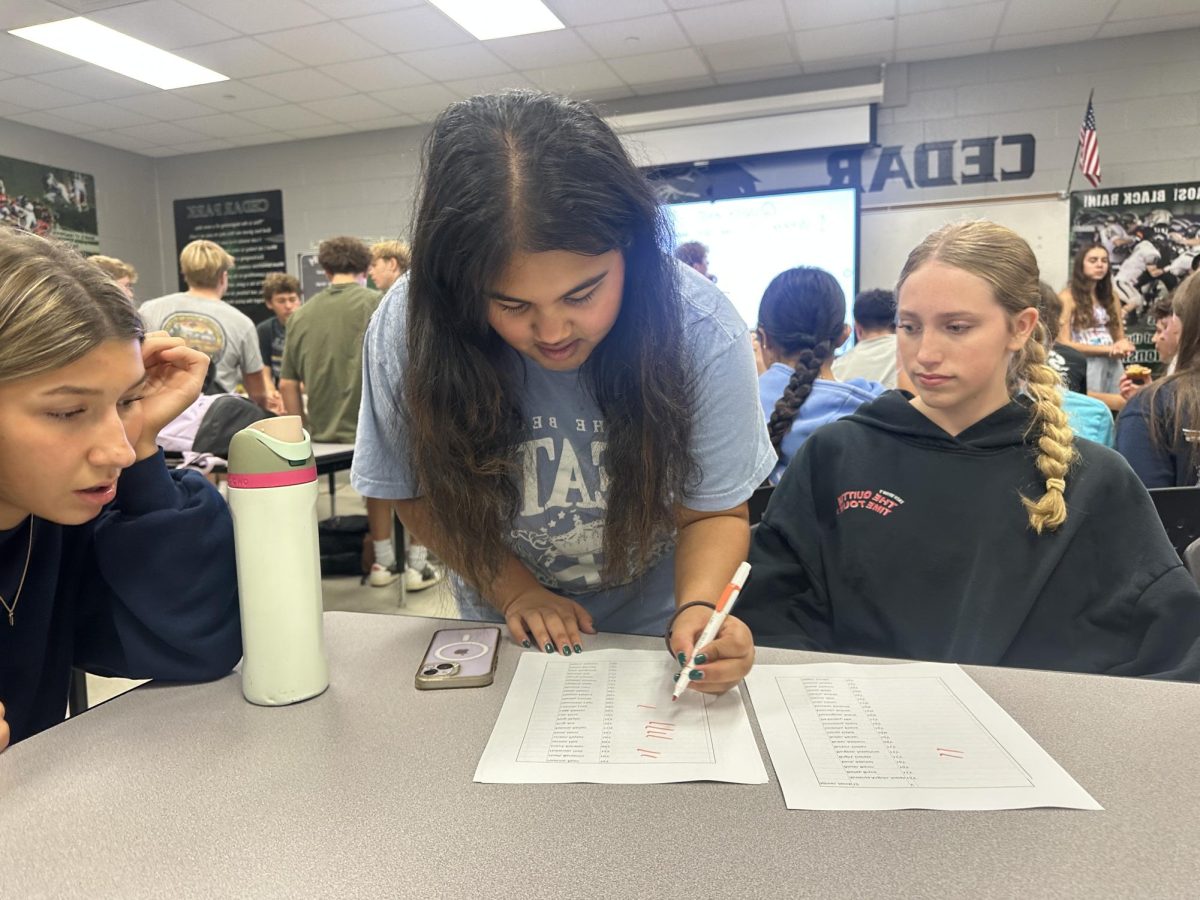

![Broadcast, yearbook and newspaper combined for 66 Interscholastic League Press Conference awards this year. Yearbook won 43, newspaper won 14 and broadcast took home nine. “I think [the ILPC awards] are a great way to give the kids some acknowledgement for all of their hard work,” newspaper and yearbook adviser Paige Hert said. “They typically spend the year covering everyone else’s big moments, so it’s really cool for them to be celebrated so many times and in so many different ways.”](https://cphswolfpack.com/wp-content/uploads/2025/05/edited-ILPC.jpg)

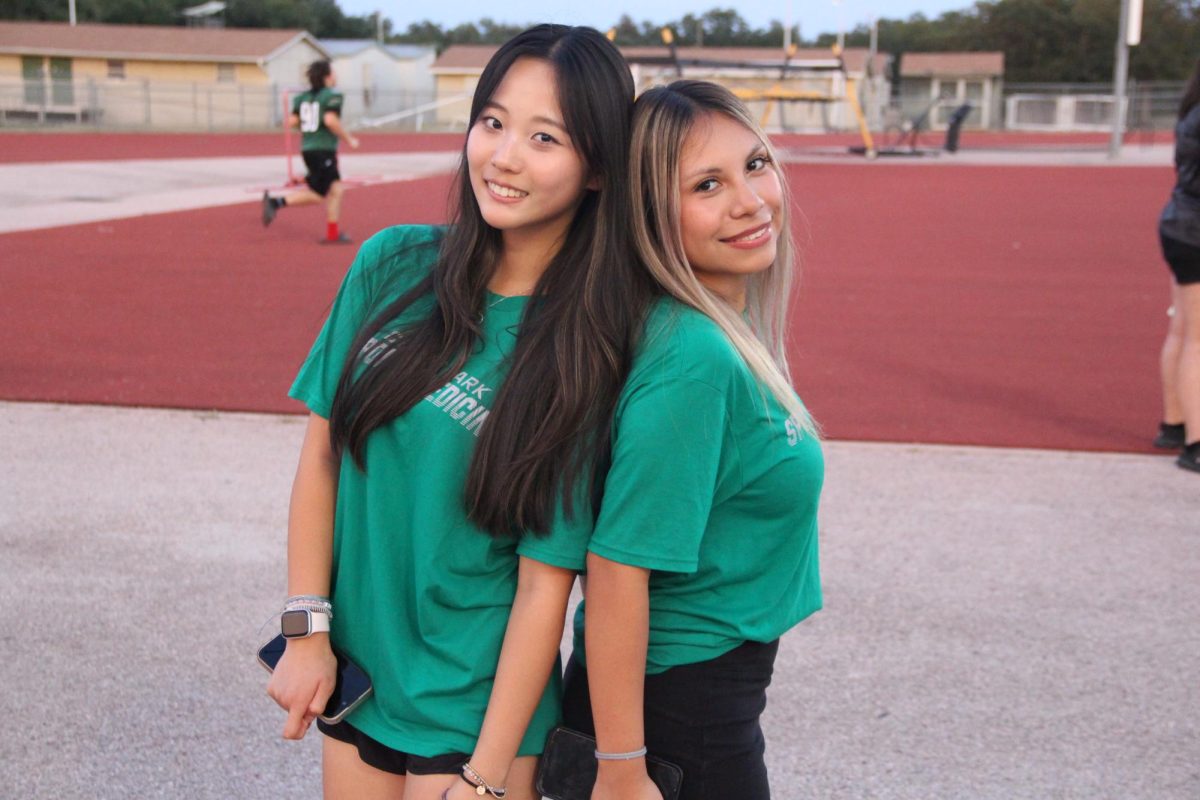


![Looking down at his racket, junior Hasun Nguyen hits the green tennis ball. Hasun has played tennis since he was 9 years old, and he is on the varsity team. "I feel like it’s not really appreciated in America as much, but [tennis] is a really competitive and mentally challenging sport,” Nguyen said. “I’m really level-headed and can keep my cool during a match, and that helps me play a bit better under pressure.” Photo by Kyra Cox](https://cphswolfpack.com/wp-content/uploads/2025/09/hasun.jpg)

![Bringing her arm over her head and taking a quick breath, junior Lauren Lucas swims the final laps of the 500 freestyle at the regionals swimming competition on date. Lucas broke the school’s 18-year-old record for the 500 freestyle at regionals and again at state with a time of 4:58.63. “I’d had my eye on that 500 record since my freshman year, so I was really excited to see if I could get it at regionals or districts,” Lucas said. “ State is always a really fun experience and medaling for the first time was really great. It was a very very tight race, [so] I was a bit surprised [that I medaled]. [There were] a lot of fast girls at the meet in general, [and] it was like a dogfight back and forth, back and forth.” Photo by Kaydence Wilkinson](https://cphswolfpack.com/wp-content/uploads/2025/03/Kaydence-2.7-23-edit-2.jpg)
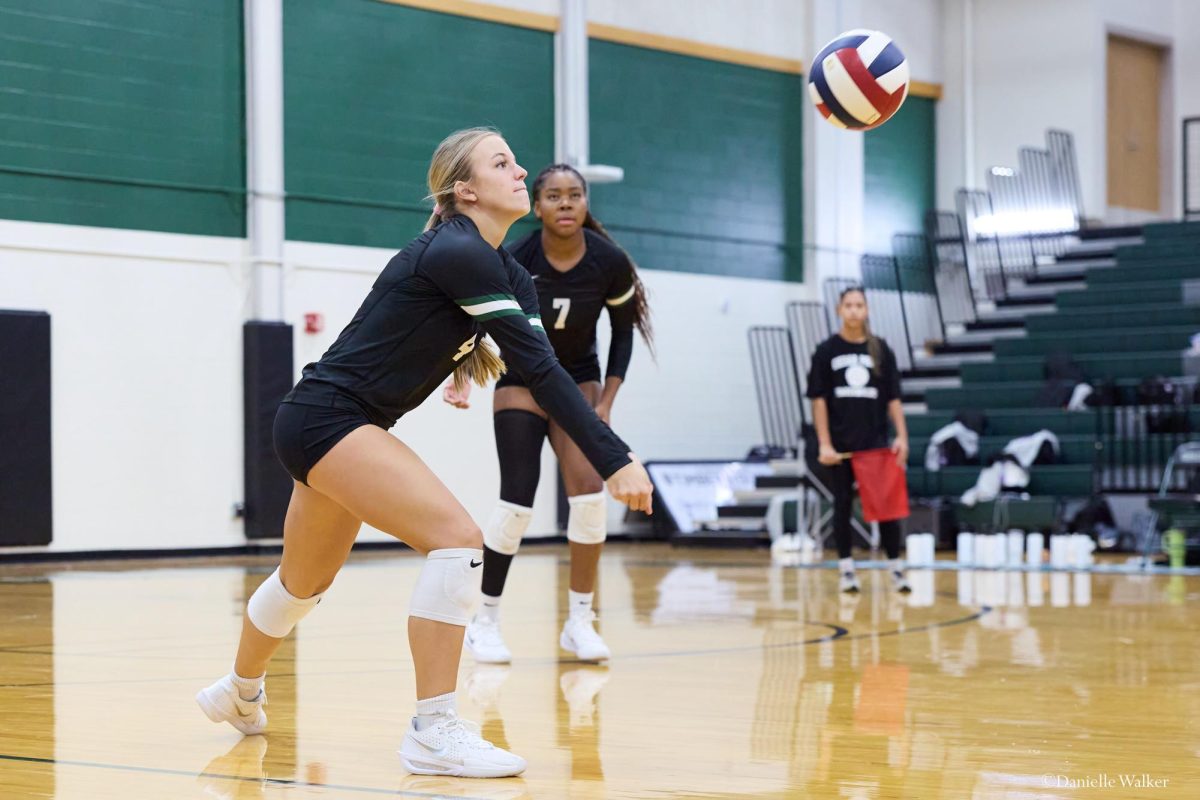

![As her hair blows in the wind, senior Brianna Grandow runs the varsity girls 5K at the cross country district meet last Thursday. Grandow finished fourth in the event and led the varsity girls to regionals with a third place placement as a team. “I’m very excited [to go to regionals],” Grandow said. “I’m excited to race in Corpus Christi, and we get to go to the beach, so that’s really awesome.” Photo by Addison Bruce](https://cphswolfpack.com/wp-content/uploads/2025/10/brianna.jpg)



